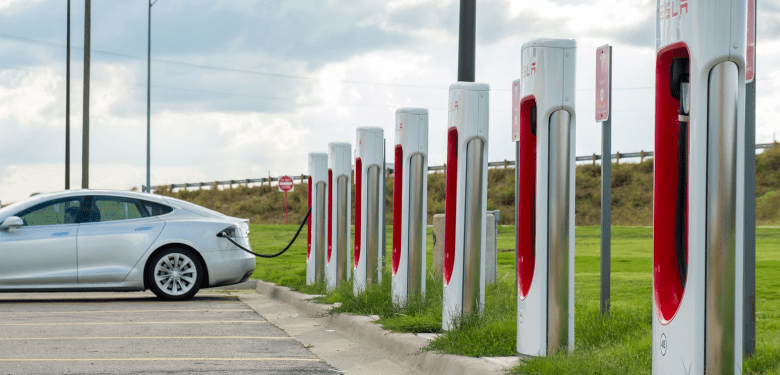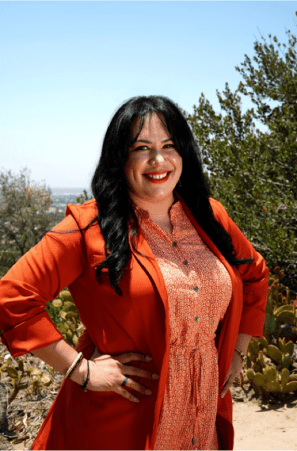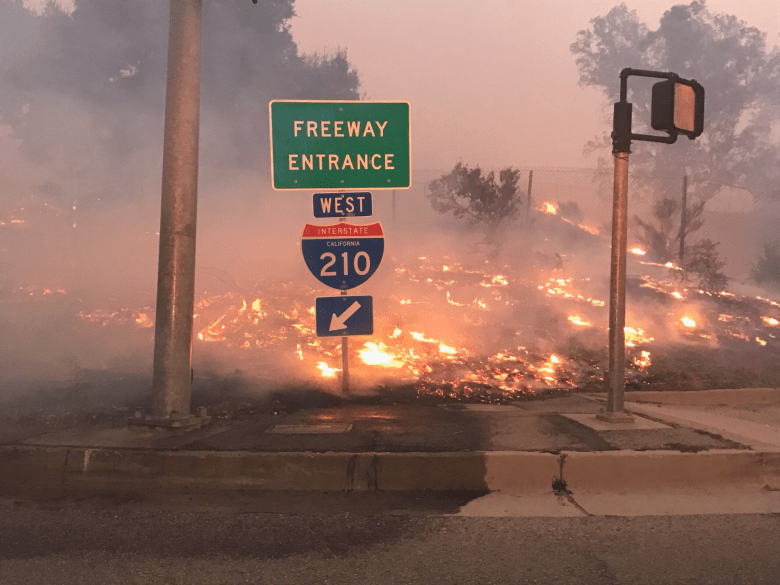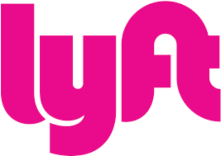Last Updated on November 7, 2022 by BVN
Prince James Story
If approved by California voters on November 8, Proposition 30 will increase taxes on the rich to add funding to wildfire prevention and response and help fund services supporting the statewide transition to zero-emission vehicles.
The measure calls for a 1.75% increase in state income tax for residents who make more than $2 million a year. The proposed tax will have a sunset date of Jan. 1, 2043.
According to the California Legislative Analyst Office (LAO), approximately 45% of increased revenue generated by the legislation will be used to help households and businesses buy zero-emission vehicles, 35% will be used to install and operate charging stations, and 20% will be used for wildfire prevention and response.

Low income communities
At least half the money will be spent on projects that benefit low-income communities and those with poor air quality. Because vehicle emissions remain the single largest source of air pollution and greenhouse gasses in California and low-income communities are the most impacted by it, efforts to accelerate the transition to zero emissions vehicles can benefit these communities in at least two ways.
Greater adoption of zero emission vehicles can ultimately improve air quality in these communities, and secondly, as more consumers embrace the technology, it should help spur innovation, and prices are expected to decline over time, making the technology more affordable and accessible to low-income communities.
“We really do believe that a slight tax on those with incomes over $2 million a year is a small price to pay for the $2 billion per year [in increased funding] for the next 20 years,” said Ed Sanders, President, and CEO of ES advisors group.
According to Sanders, the increased funding will help build the desperately needed electric car infrastructure in communities and provide resources for suppression and prevention in wildfire areas.
Improving air quality can save lives
According to the American Lung Association’s Zeroing in on Health Air report, California can save over $100 billion and avoid 15,300 premature deaths and 440,000 asthma attacks over the next 30 years by transitioning to zero-emission vehicles and implementing other electricity resources.
Chief of the Division of General Thoracic Surgery and National spokesperson for the American Lung Association, Dr. David Cook, said people of color and low-income residents are some of the primary victims of air pollution.
According to Cook, households who make less than $20,000 a year and people who don’t own cars suffer vehicle pollution close to 20% higher than the state average.
“In Los Angeles, particularly Latinos and Hispanics, [are exposed to] 60% more vehicle pollution than the state average. As a result, Latino babies are more likely to be born severely underweight,” Cook said.

“Prop 30 would drastically improve California’s air quality by attacking the two largest sources of pollution, tailpipe emissions and wildfires. [This could result] in a meaningful, lasting improvement in air quality or particulate matter reductions of up to 70% by 2035,” he advised.
Air pollution, asthma and warehousing
Ana Gonzalez, executive director of the Center for Community Action and Environmental Justice, lives in Rialto and is the mother of two teenagers.
In 2016, her son visited the hospital five times for pulmonary illnesses.
“I wanted to know what was causing all of that, so his doctors started running tests and did all kinds of allergy and blood tests,” Gonzalez said on a Zoom call with other environmental justice and public health officials in California. “It came back that he was developing asthma and I just didn’t understand why because I was a very careful and super healthy germaphobe mom, and I just couldn’t figure out what was causing him to develop asthma.”
Gonzalez said their family didn’t have a history of asthma, and the pediatrician told her that her son probably developed asthma because of air pollution.
“I started doing my own research and started talking to my city officials, and between 2015 and 2017, about 20 warehouses popped up in our region, and the neighborhood where I grew up, and my son and daughter grew up was quickly surrounded by warehousing,” Gonzalez explained. “That meant hundreds of diesel trucks a day in our communities that were idling right in front of our homes, right in front of our schools, right in front of our parks.”

The Robert Redford Conservancy for Southern California at Pitzer College estimates that in 2015, there were 2,757 warehouses in the Inland Empire. By 2020, that number grew to 3,727. Warehouses also cover one billion square feet of land in the inland empire.
“What’s happening is that the richest communities are able to afford that transition to more solar cleaner energy, not only for their homes but for their communities and for the cars they drive,” Gonzalez said. “What Prop 30 does is it gives us that model that we need to make sure that we are giving an opportunity to those low-income communities who cannot afford to do that transition.”
Wildfire prevention and response
According to the Californians and the Environment survey conducted by the Public Policy Institute of California in July, about eight in 10 Californians say wildfires are somewhat of a problem in their part of the state.
In the Inland Empire, 52% said wildfires were a big problem, while 36% said it was somewhat a problem.
“Wildfires produce a number of greenhouse gasses and aerosols including carbon dioxide, methane, and black carbon, the plants that re-colonize burned areas remove carbon from the atmosphere, generally leading to a net neutral effect on climate,” the Center for Climate and Environmental Solutions (CCES) said.
The CCES further notes however, that when fires burn more frequently and consume larger areas (as they are currently doing due to climate change), it is possible the greenhouse gasses released by the fires may not be completely absorbed from the atmosphere when plants can’t grow to maturity before being burned again or if the plants that “recolonize” are less efficient at absorbing carbon.

Opposition to Prop 30
Some opponents of this proposition argue that Prop 30 could trigger school budget cuts and bring a tax increase for Californians.
Some cite this as a problem because one of the reasons residents have been moving out of California is because of the already high taxes.
“Proposition 30 seeks to fund zero-emission vehicle and wildfire programs by imposing a 1.75% increase in personal income taxes for high-income earners, discouraging these individuals from further investing and creating jobs in the state,” Greater Riverside Chamber of Commerce said in their e-newsletter.
Bloomberg recently reported that California is projected to surpass Germany and become the fourth-largest economy in the world. This is despite more people moving from than moving to California in recent years.
Since 2010, 7.5 million people have moved from California to another state, while 5.8 million people have moved to California.
According to a recent Public Policy Institute survey, about 37% of Californians have considered moving out of the state due to housing costs.
Newsom opposes Prop. 30
In 2021, the California Air Resources Board (CARB) adopted a new regulation that required all rideshare companies, including Lyft and Uber, to have zero green gas emissions and 90% of the miles logged by drivers must be from electric vehicles by 2030.
According to Ballotpedia.org, Lyft has contributed over $45 million to the “Yes on 30” campaign.

Governor Gavin Newsom has spoken out against Prop. 30 in light of the benefits it will ultimately provide rideshare companies like Lyft.
“Don’t be fooled, Prop 30 is being advertised as a climate initiative, but in reality, it was devised by a single corporation to funnel state income taxes to benefit their company” Newsom said. “Put simply, Prop 30 is a trojan horse that puts corporate welfare above the fiscal welfare of our entire state.”
Supporters of Prop. 30 are asking whether Californians are willing to vote yes to increase taxes for citizens who make over $2 million to fund projects like wildfire prevention and infrastructure for ZEVs in lower-income communities.



